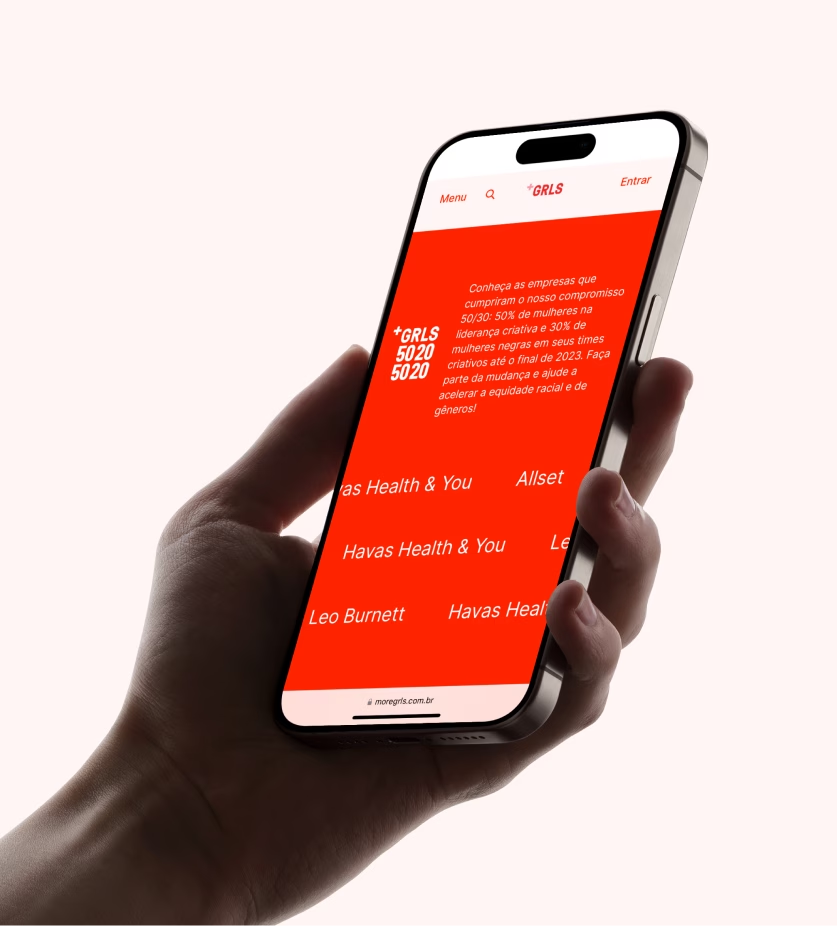
Tech

Tech

Artificial intelligence (AI) has gone from being a distant promise to a practical and accessible tool. But how can we use AI strategically and efficiently in our daily lives?
If you're just starting this journey, know that you're not alone. Many professionals and companies are still learning how to apply AI productively, whether to automate tasks, create content, generate insights, or drive results.
In this article, we've compiled concepts, examples, and practical tips for those who want to master the practical use of AI and understand its true impact on work and business.
Artificial Intelligence is the field of technology that seeks to simulate the human ability to learn, reason, interpret information, and make decisions. This is achieved through algorithms, neural networks, and language models that process large volumes of data to generate responses, predictions, or actions.
It's present in virtual assistants, recommendation systems, robots that learn human language, and platforms that create content in seconds.
If you're wondering how to use artificial intelligence to gain real advantages in your work or business, start by understanding where it's already working most effectively.
Companies are applying AI to marketing and sales, customer service, data analysis, and personalized product development. This technology is being used to reduce costs, increase productivity, and open new revenue channels.
Generative AI is revolutionizing the way we create text, images, videos, code, and presentations. Tools like ChatGPT have helped to structure content with natural language, while the Gemini combines AI with the Google ecosystem to generate intelligent presentations, summaries, and analyses.

Already search engines like Perplexity AI deliver answers from reliable sources, serving as an alternative to traditional surveys. Platforms like Manus create videos with virtual presenters, while the Gamma transforms ideas into ready-made slides, with automatic design and well-structured narratives.
If the goal is to analyze data and make predictions, the Akkio allows this in an accessible way, without the need for programming.
And if the work involves audiovisual production, two options stand out. Runway makes it easy to create and edit videos with stunning visuals. Description combines video editing and automatic transcription, ideal for content creators, podcasts and presentations.
Finally, the Komo AI emerges as a safe and private alternative to conventional search engines, helping to maintain focus and relevance in searches for information.
1. Explore popular tools
Test different solutions and compare the results. Each AI has its own style and strengths.
2. Be clear about what you want
Well-defined objectives help direct the tool and achieve better results.
3. Create objective and specific prompts
Clearly describe what you want, who your audience is, what format you expect, and what tone you want.
4. Always review the generated content
Check the veracity of information, contextual errors, and possible exaggerations.
5. Start small and automate steps
From a meeting summary to a campaign chart or outline, start with specific tasks.
6. Share knowledge with your team
Exchange prompts, insights, and best practices with colleagues. AI is most powerful when used collaboratively.
Companies across a wide range of industries are already using AI for actions such as automated customer service, consumer behavior analysis, personalized content generation, demand forecasting, and much more. This technology is becoming increasingly accessible, and knowing how to use it becomes a competitive advantage.
As promising as AI may be, it demands accountability. It's crucial to ensure the quality of the input data, monitor the results, and respect ethical issues such as privacy and algorithmic bias. Artificial intelligence is an ally, but it doesn't replace human thinking.
Knowing how to use artificial intelligence is a strategic differentiator for professionals and companies. By mastering the right tools and applying them intentionally, you save time, gain efficiency, and open up space for new ideas. The key is to start with curiosity and grow consistently. If you want to know how to implement AI in your company, contact follow55.

Tech


Tech


Tech
